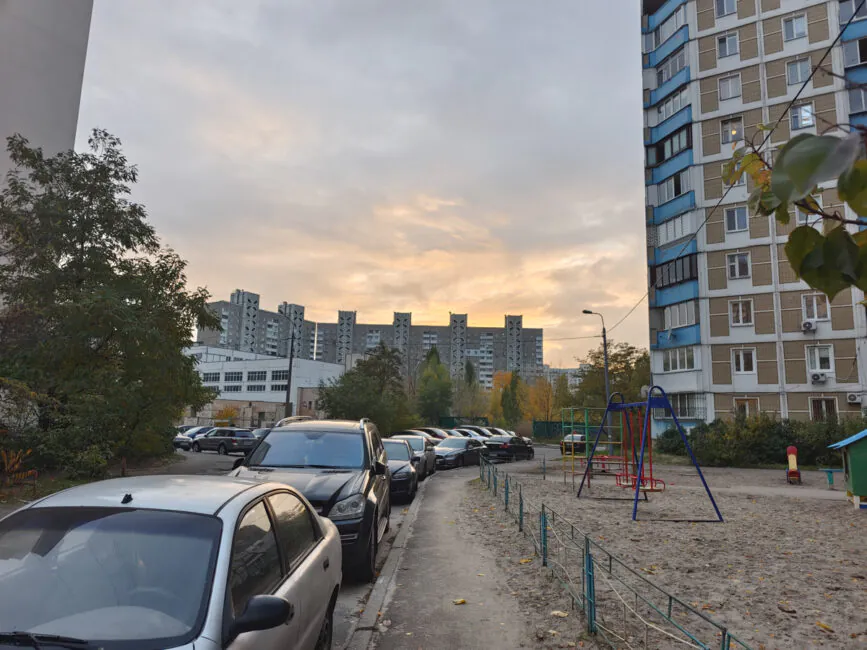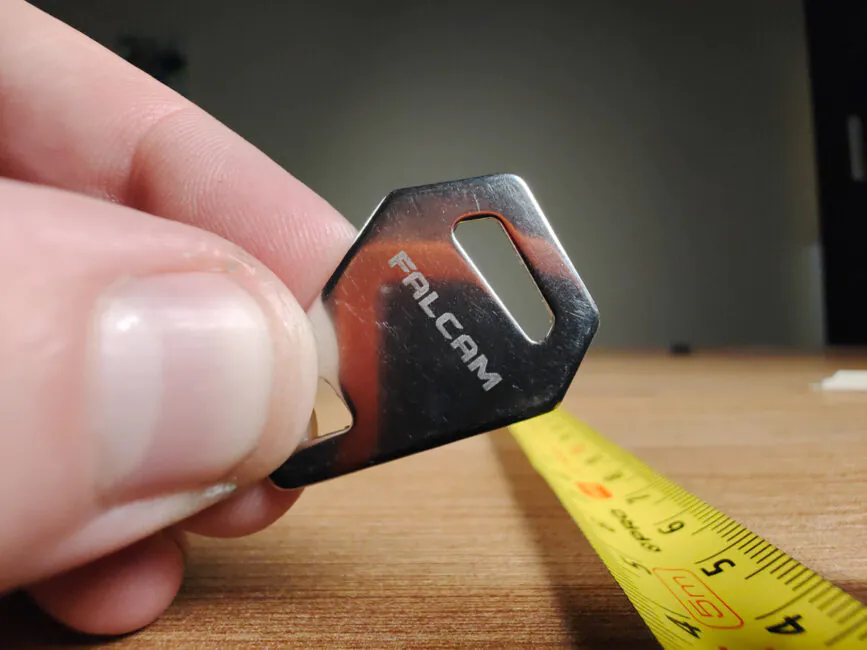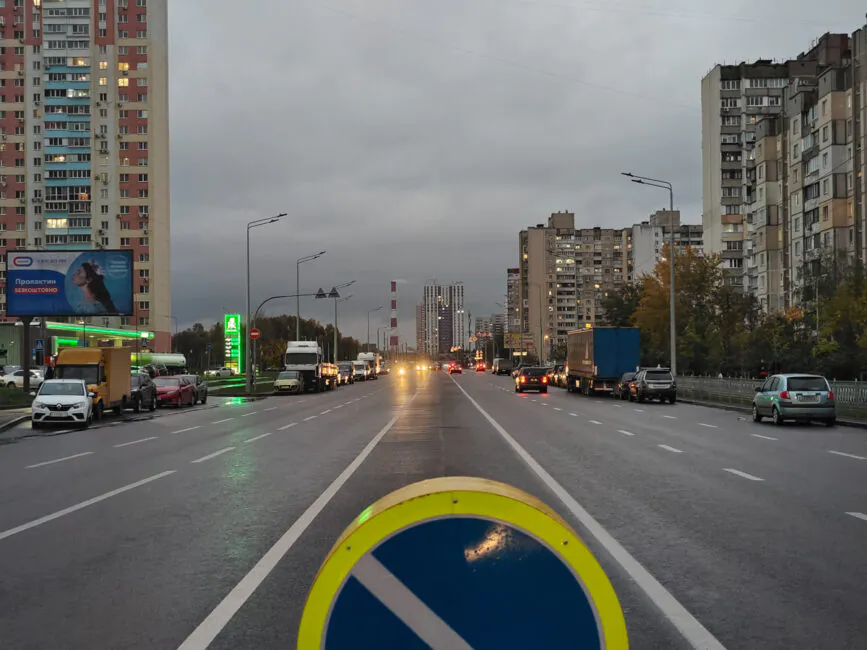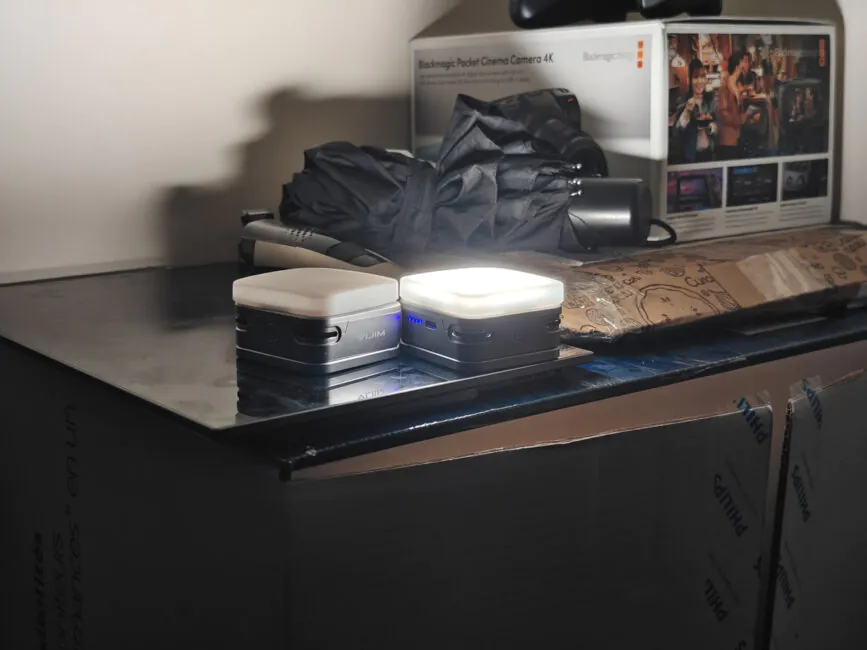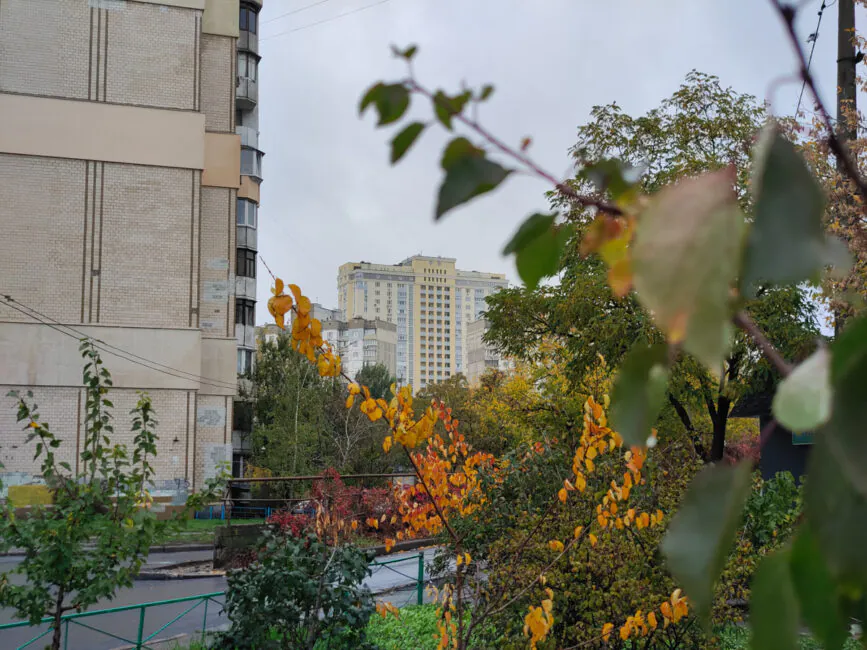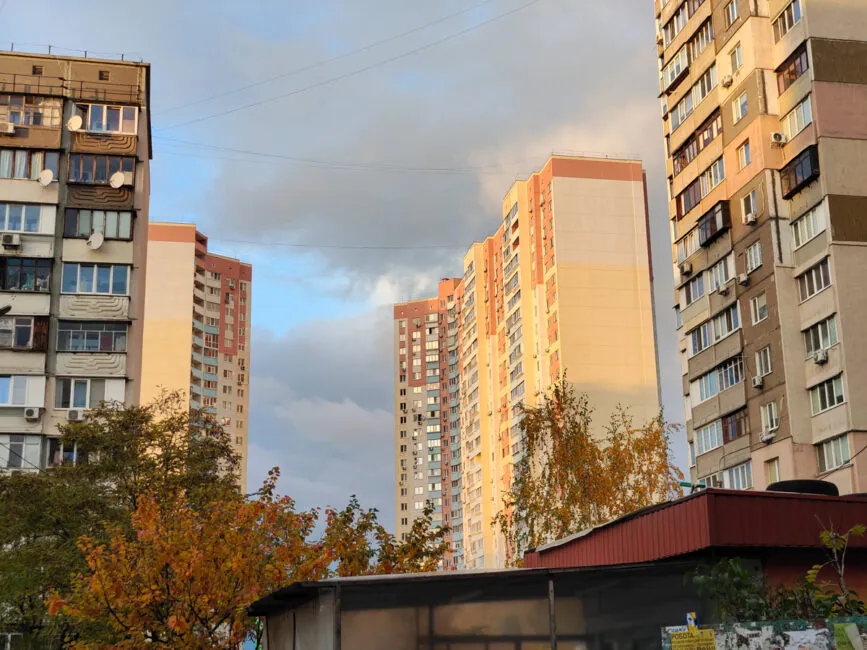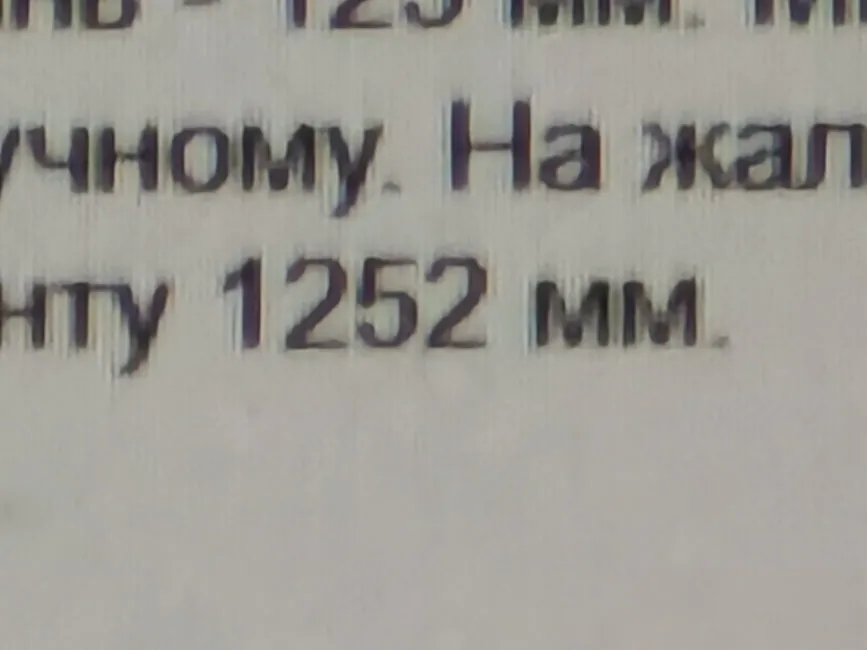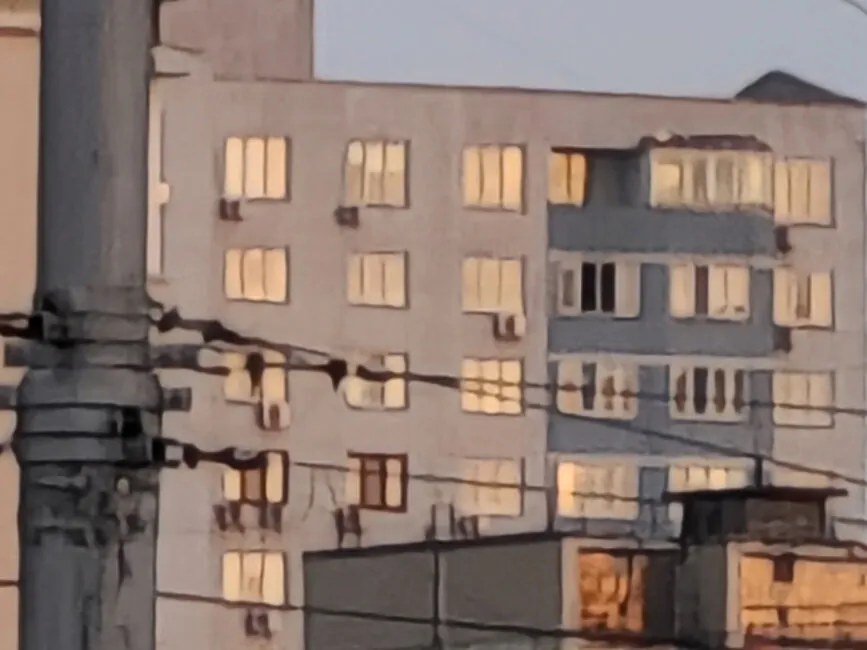© ROOT-NATION.com - Use of content is permitted with a backlink.
The Vivo X70 Pro Plus smartphone has done something that no other smartphone has done for many, many years. I was frankly impressed by it. Not only with the number of modules, but also with the approach to shooting in general. In fact, I’m so excited that I’m doing this separate article.
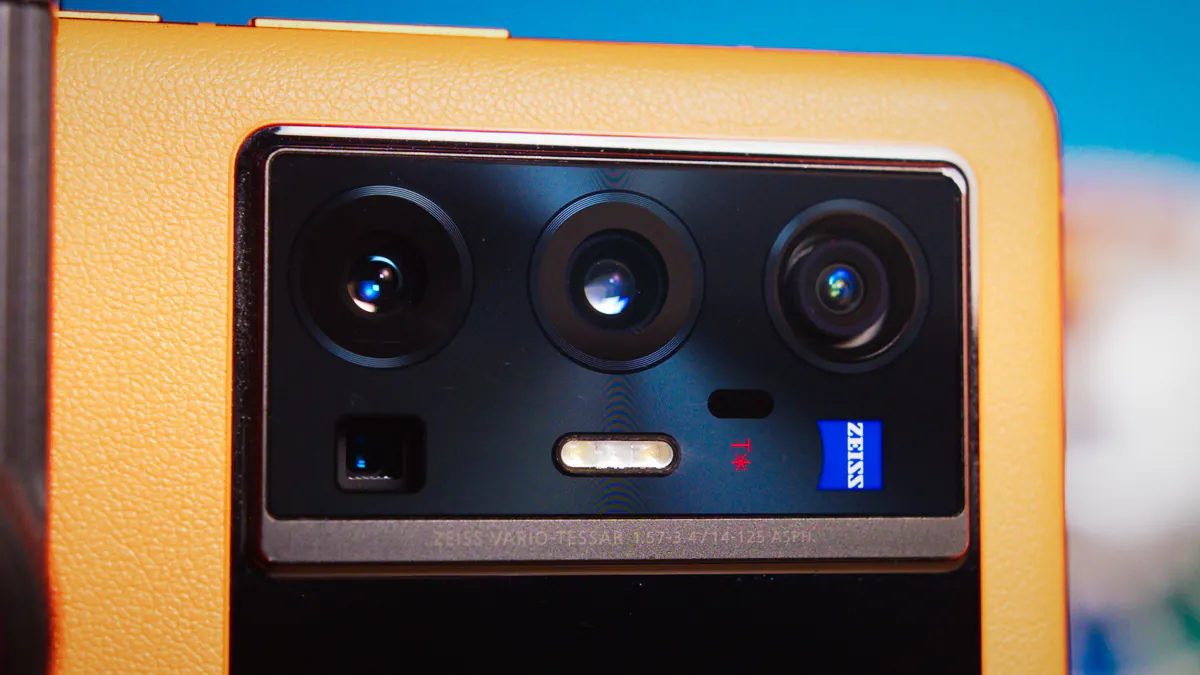
A full review of Vivo X70 Pro Plus is here. And I recommend that you read it, because the smartphone is incredibly good. Actually, it’s so good that Vivo has a chance to become my favorite among all brands. Not only BBK, but in general.
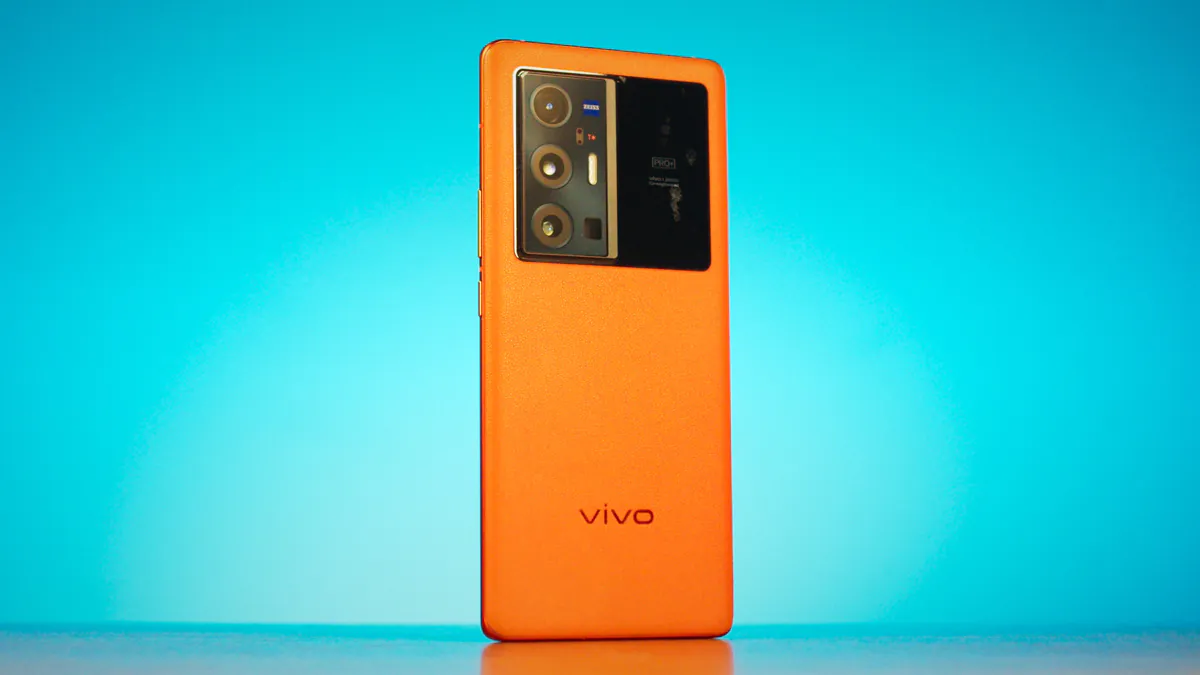
The main module
Let’s start with the camera modules. The main one is the 50-megapixel Samsung Isocell GN1 with F/1.57, 1/1.31-inch sensor size and 1.2 micrometers pixel size. I can describe it as an “all-rounder”; it works well, it shoots quickly, the detail is excellent, and the color reproduction is very satisfactory.
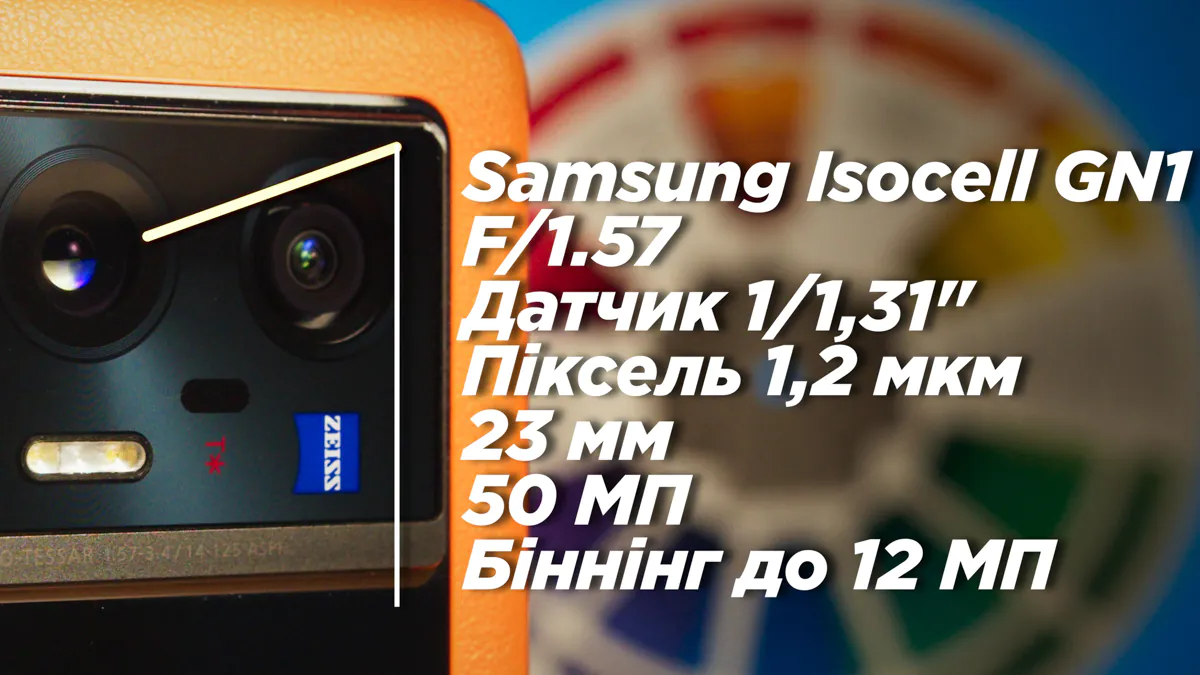
There is pixel binning, and the output is 12 and a half megapixels with improved dynamic range and reduced noise. The lens is considered wide-angle, 23 mm. But with a minimum focus distance, it’s a strange thing. Well, or a glitch.
In Auto mode, the distance is 90 mm. In PRO mode, with manual focus control, this figure INCREASES to 120 mm.
Wide-angle module
This, however, does not apply to the wide-angle module, where the minimum focus distance in both modes is 30 mm. That’s why it’s used as a macro module. And personally, it is probably not the most useful, but the most interesting.
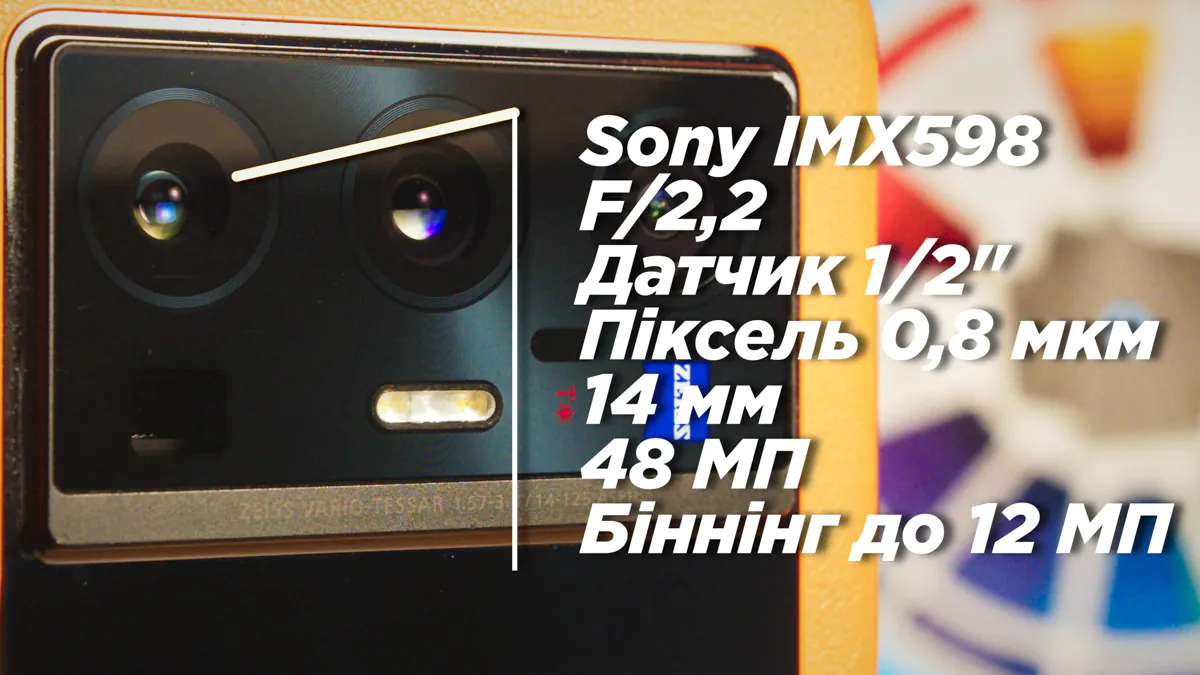
It is 48-megapixel, with a Sony IMX598 CMOS sensor with a pixel size of 0.8 micrometers. The aperture is F/2.2 and the sensor size is 1/2 inch. The sensor is also interesting for its additional gimbal stabilization.
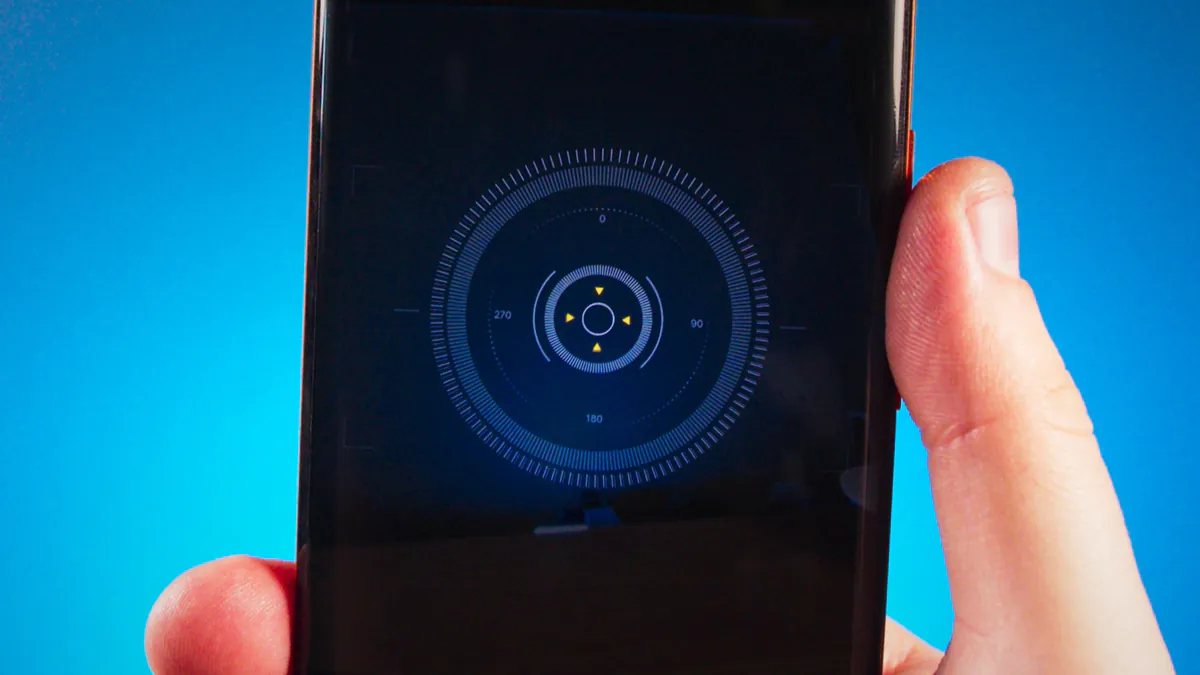
It appeared two years ago in Vivo X50 Pro. And in fact, it is a very advanced optical stabilization. Which is completely independent of the light level, which is always a problem for a combination of OIS and EIS.
The problem is that I don’t understand the purpose of a wider lens. Because, a little spoiler, but in both photo and video, the wider the lens, the less noticeable the movements during shooting, the less stabilization is needed at all. And vice versa, so it would be logical to stick it in, say, a 5x periscope module, which requires stability.
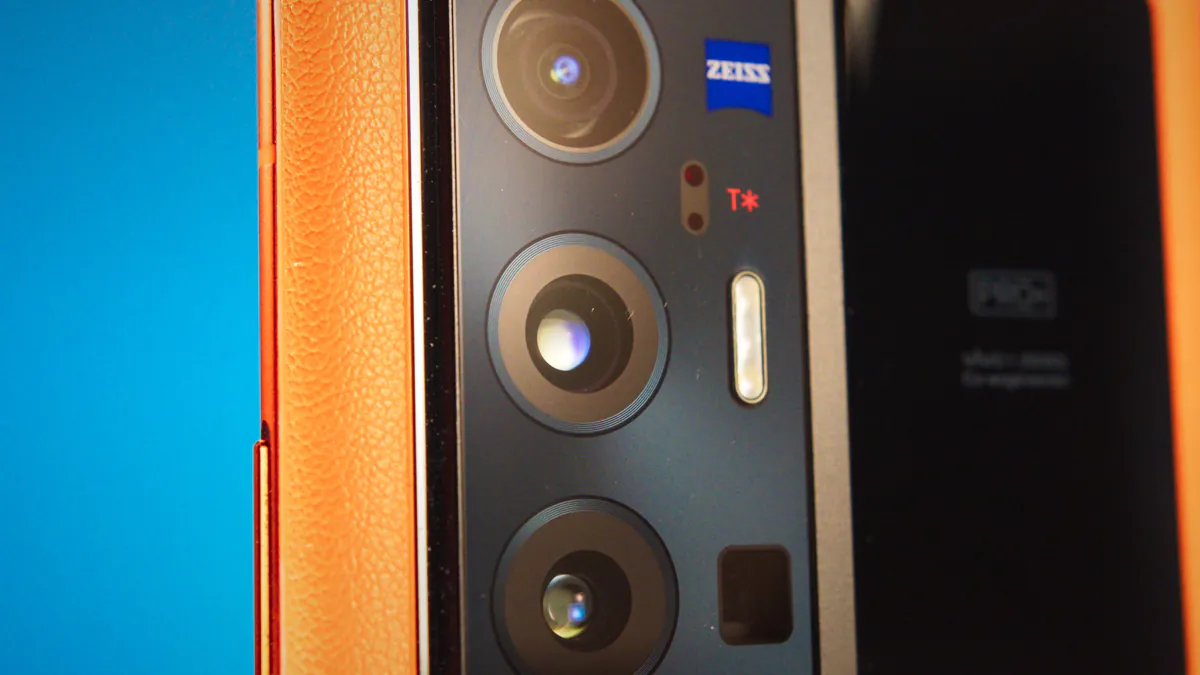
However, the ultra-wide has one advantage. It is an absolute minimum of distortion. And no, not every optical system allows you to do this – cheap optics often have a noticeable fisheye effect, a noticeable deformation of straight lines when moving away from the center of the picture.
Here I can say with 95% certainty that the same Zeiss optics that Vivo boasted about helped. Of course, the smartphone has Zeiss T* coating, which is supposed to protect against sun glare. There is also a Zeiss color mode that balances the color palette.
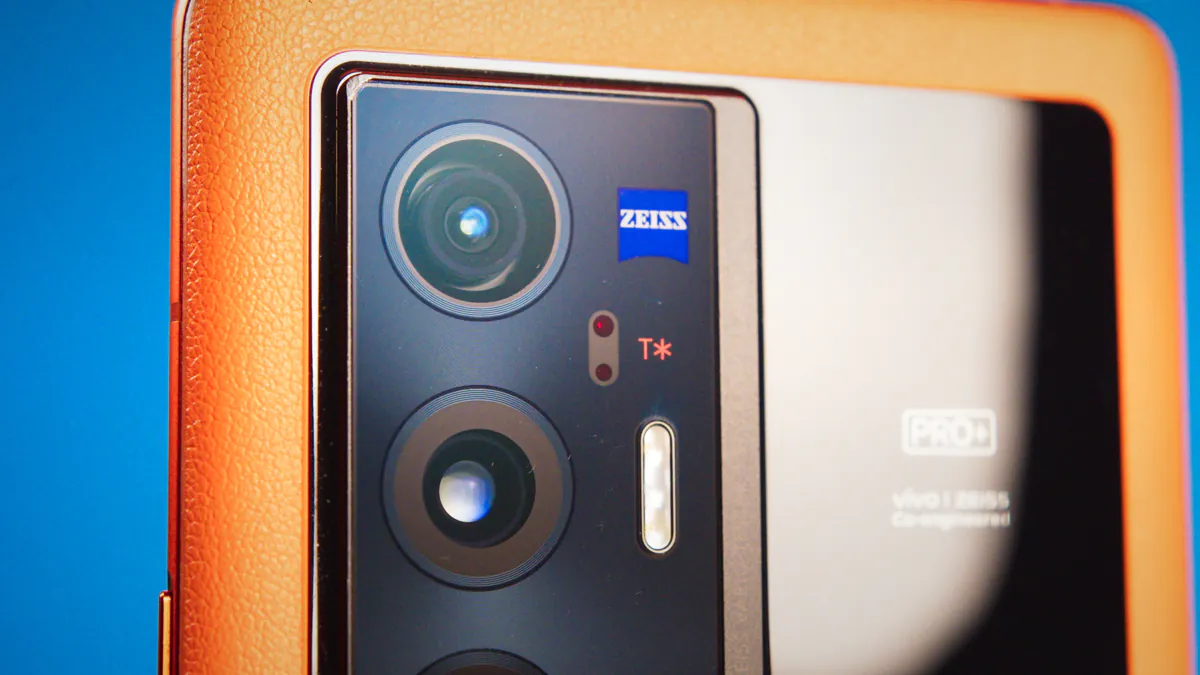
Nevertheless, glass has the maximum impact on the picture and never depends on software glitches. That’s why I always use the Vivo and Zeiss partnership as an example. Because Leica began to provide Xiaomi with its optics only with the 12S, and OnePlus from Hasselblad never received optics, only color profiles and shooting sounds. But that’s it. In short, the ultra-wide screen of Vivo 70 Pro Plus is top notch. Let’s move on.
Periscope modules
There are two modules with optical zoom. There’s a 12-megapixel portrait shooter with a Sony IMX663 CMOS sensor. It’s steeper than the ultra-wide, F/1.6, and the pixel size is even larger than the main 50-megapixel one, 1.22 micrometers! The sensor size, however, is much smaller, 1/2.93 inches.
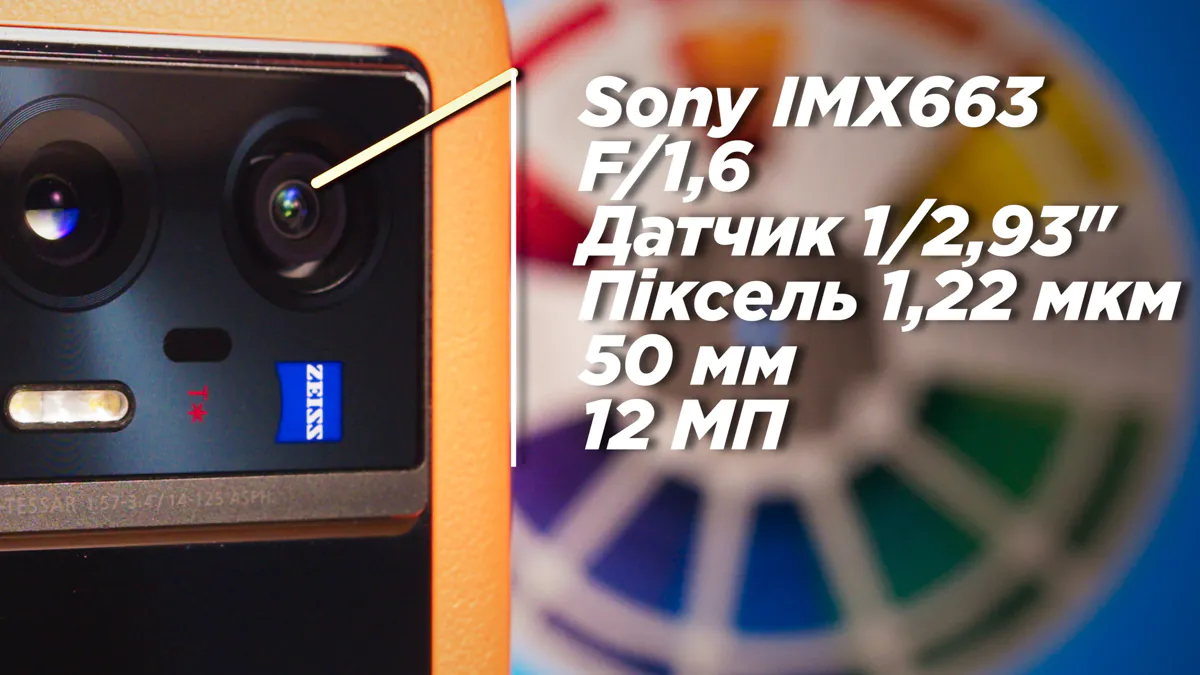
The focal length is 50 mm, so it’s perfect for portraits. The minimum focus distance has the same problem as the main module. In auto mode, the distance is 380 mm, in manual mode – 500 mm.
There is also a 5x optical module, the worst in terms of quality of all. 8 megapixels, Omnivision OV08A10 PireCel sensor, F/3.4 aperture, 1 micrometer pixel size, and 1/4.4 inch sensor size.
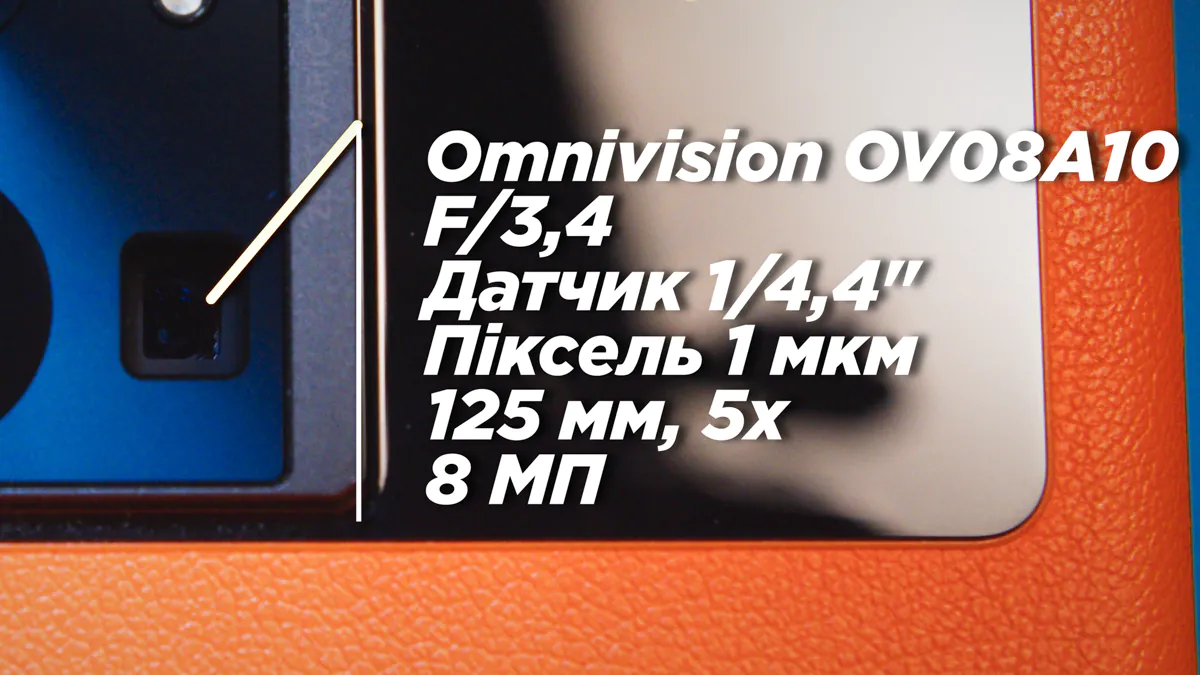
The focal length is 125 mm. The minimum focus distance is 700 mm in auto mode and about 100 in manual mode. Unfortunately, it is from this module that digital zoom up to 60x, or the equivalent of 1252 mm, is available.
Front camera
Front camera – 32 megapixels, ISOCELL sensor, Samsung S5KGD2 model. Aperture F/2.5, pixel size 0.8 micrometers, sensor size 1/2.8 inches. The focal length is 25 mm, unfortunately, there is no autofocus.

As well as optical stabilization, by the way, which is available on all major modules. They are also supported by laser autofocus, face recognition, and dual LED flash. That’s it for the hardware part. Let’s move on to the software!
Camera operating modes
And let’s go in order. High Resolution allows you to take photos with the full sensor, in the case of the main and ultra-wide modules. Actually, yes, this means that by standard, both take photos with a binning of 1 to 4. This mode is useful when there is enough light and a larger photo size will be useful.
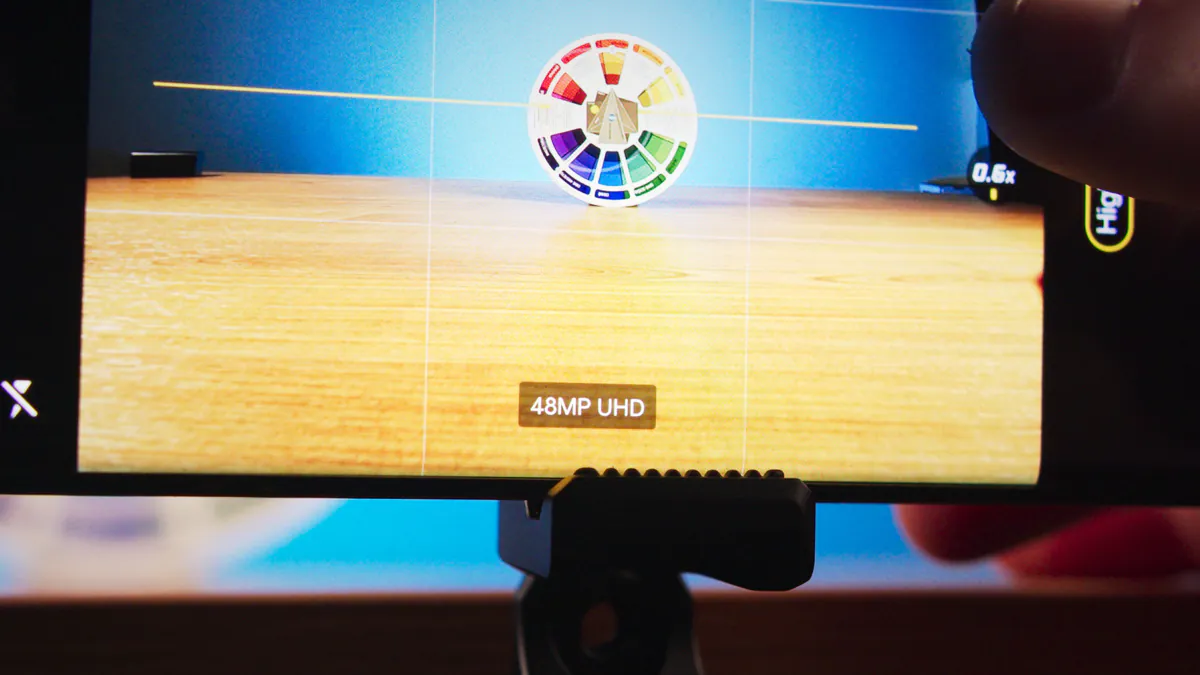
Vivo’s night mode is very unusual. It allows you to take both regular night photos with a long shutter speed and special photos with a long shutter speed, for example, for painting with light. There’s a separate option for detecting thrips, and there’s a mode for shooting the sky and the supermoon. And don’t forget that all the modules are stabilized, so it’s much easier to shoot handheld at night.
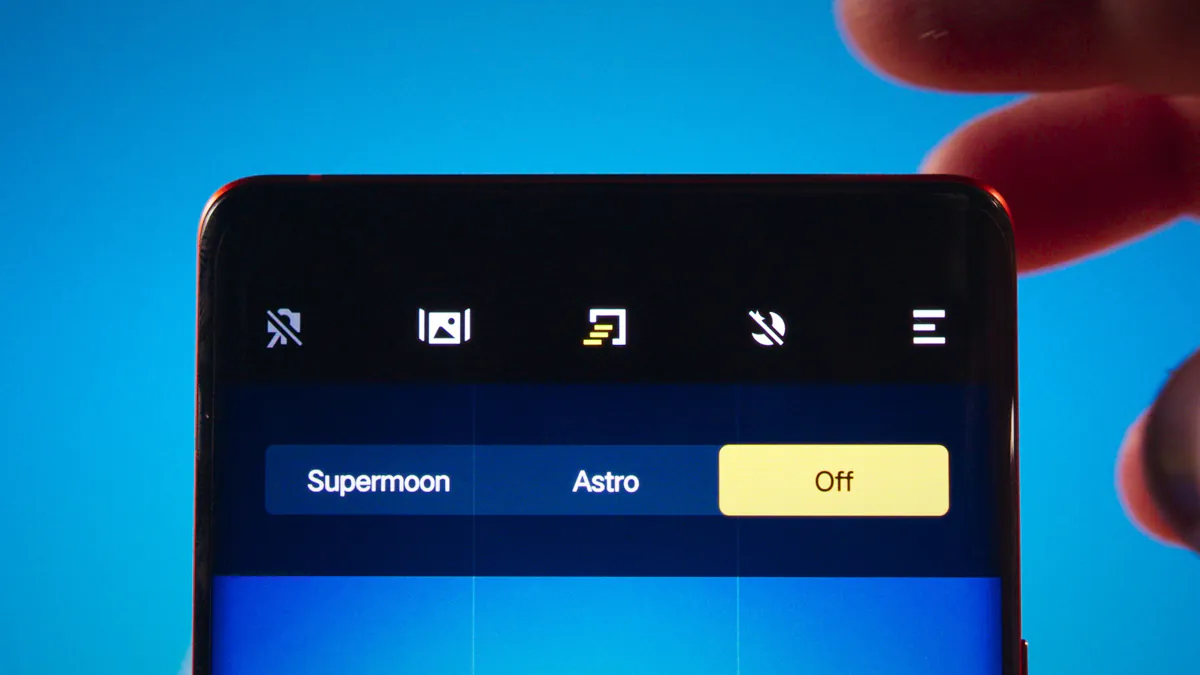
The portrait mode allows you to take pictures with a blurred background, add effects such as stars or hearts, a beautifier, a filter, an auto-switch to night mode, and HDR. And all of this can be turned on at the same time, which is especially interesting.
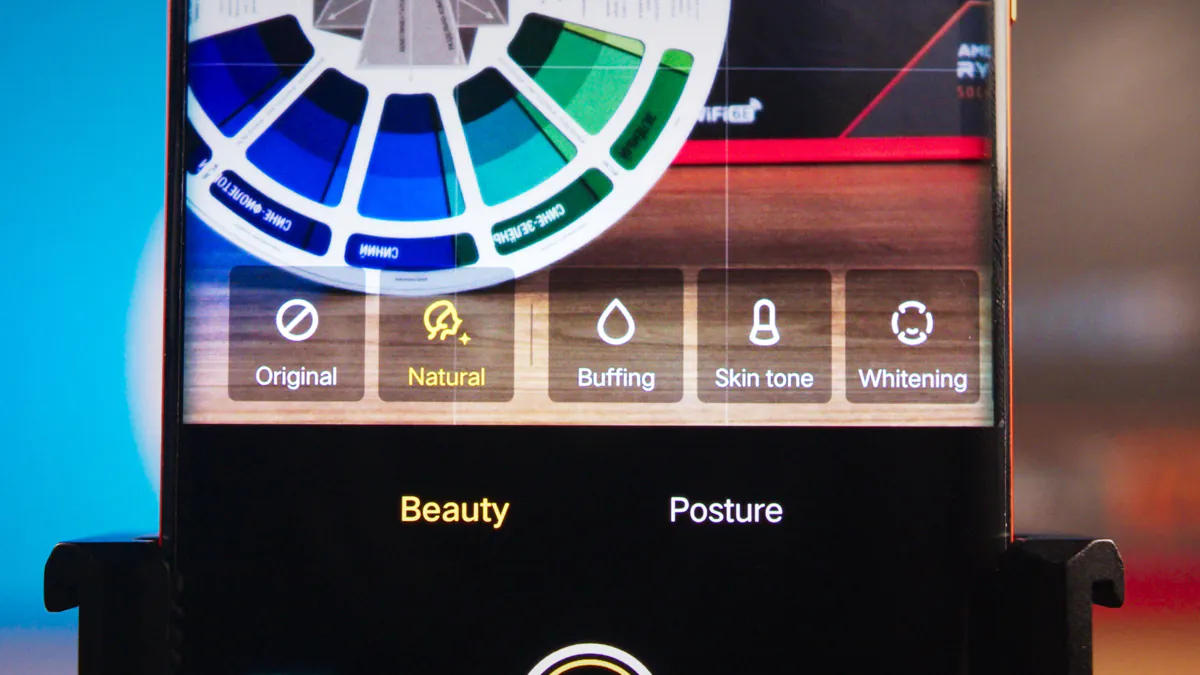
The default shooting mode is activated when you first open the camera, and its main advantage is the ability to easily change color saturation and exposure via a toggle switch in the options, as well as an artificial intelligence switch, an auto-macro switch, and, of course, the Zeiss color palette.
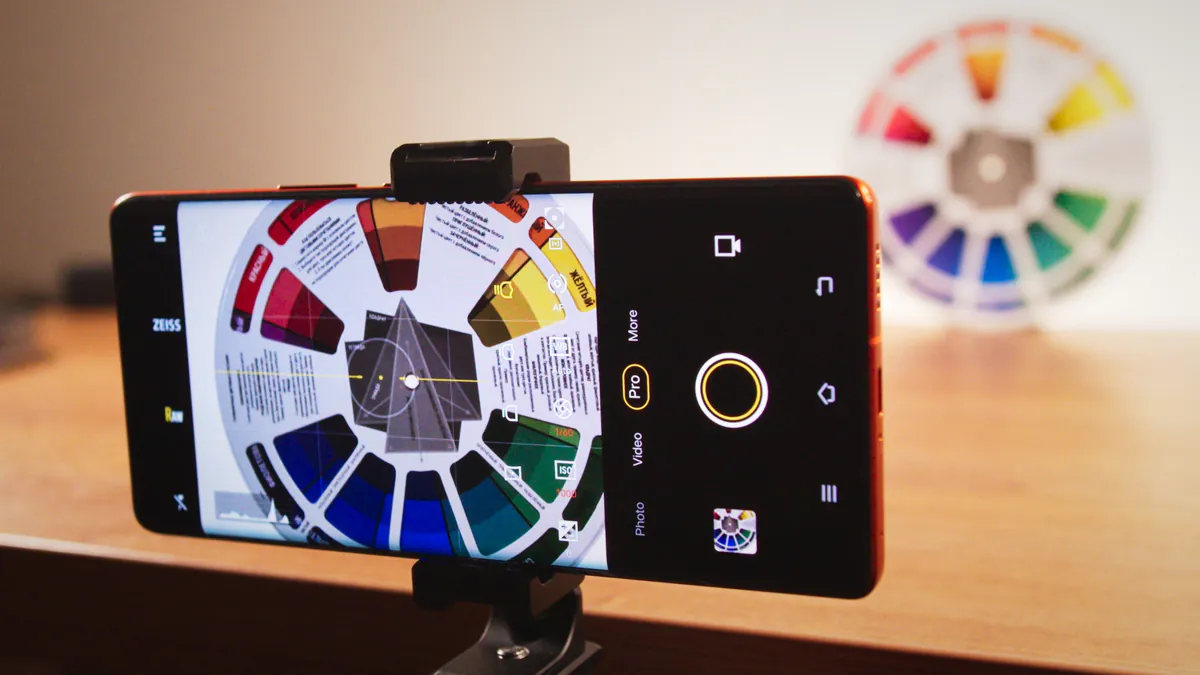
It actually fights the main problem with Chinese smartphones – because Chinese smartphones always overestimate color saturation by default. The mode with Zeiss fixes this. And it’s more important than you think, because if you shoot photos in JPEG rather than RAW, you can increase or decrease the average color saturation without losing picture quality.
But you can’t reduce the overstated one without losing color in other places. This leads to deformation, always. This, however, is not always useful. For example, this photo was taken during the day – the colors were BRIGHTER here than in the photo with Zeiss color. And the standard camera captured them better.
Video recording
Next. The video capabilities here are roughly on par with Xiaomi. On the one hand, you have the ability to shoot LOG in 24 frames even in 4K. On the other hand, for some reason, this cuts off the use of the ultra-wide module and periscope. Zoom is possible up to 5x, but it is digital, the optical module is inactive.
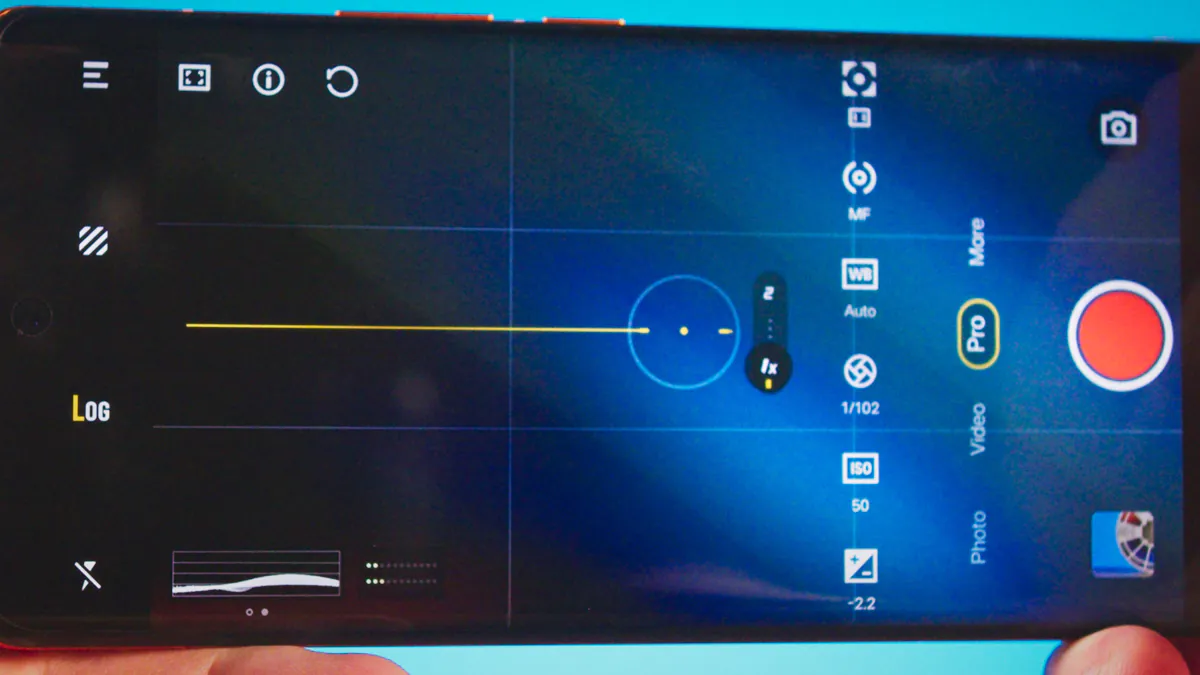
Also, for some reason, the slowest shutter speed is 1/60 of a second, not 1/24 or 1/48. In normal mode, not in LOG mode, the minimum is 1/4, and you can set 1/25, 1/40, and 1/50 without any problems.
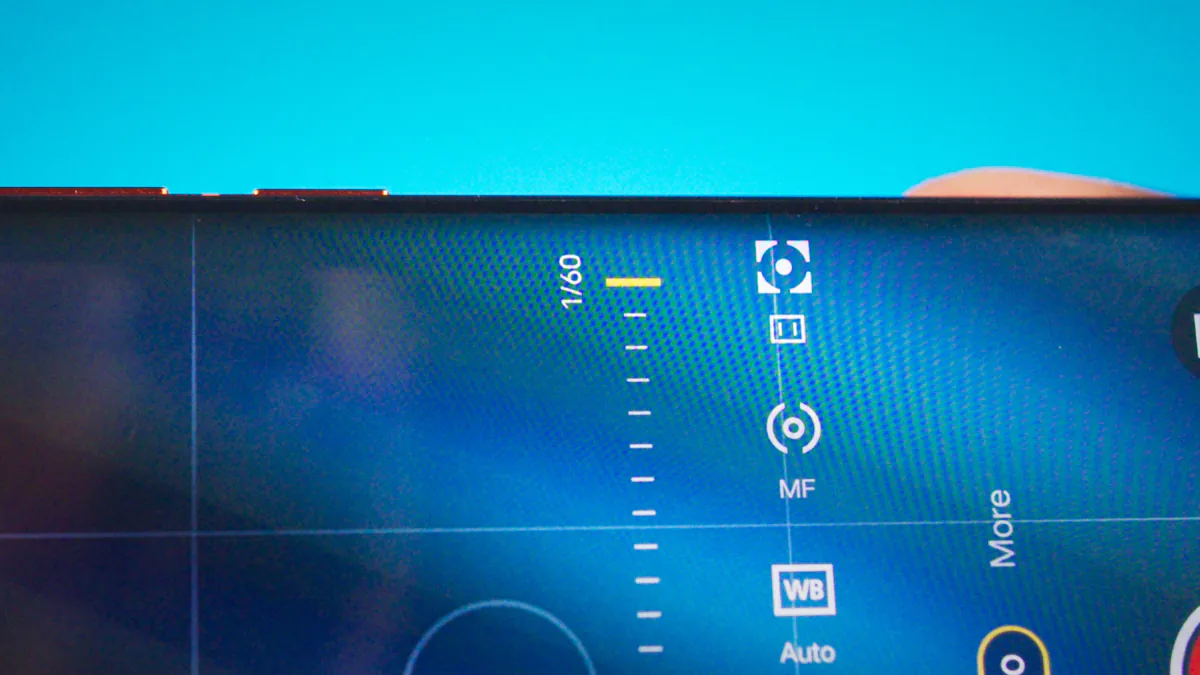
But the Pro video mode has a histogram, a volume level measurement, a picture noise reduction (which can be turned off as needed), excellent stabilization, and focus pickup with a zebra! Again, I don’t understand why you can’t use all the modules. But let’s consider it a problem with Android 11. Well, so that there is at least some hope for improvement.
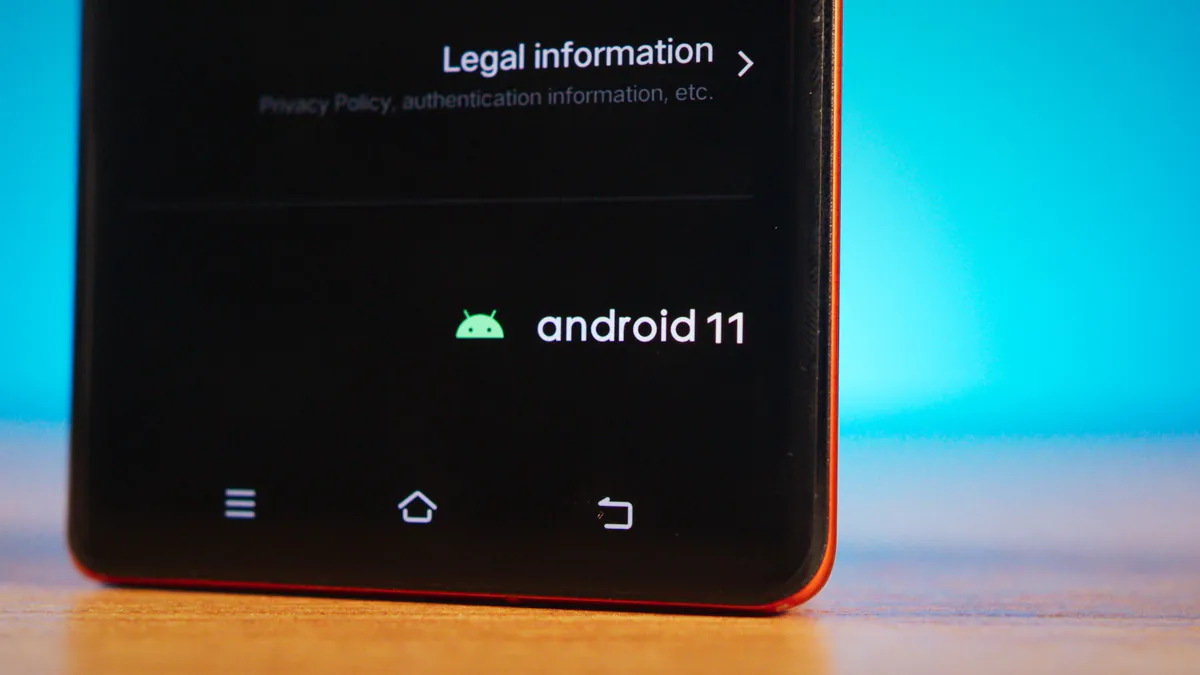
As for LOG, I don’t really understand what’s wrong with it. On the one hand, it seems to work and does what it should with colors. On the other hand, I have not been able to restore VIVO LOG to its normal state. I just couldn’t find the profile. In the case of Xiaomi, for example, I used Sony S-Log3. With VIVO, I have no idea. That’s why I don’t recommend shooting with LOG.
Also, I didn’t have time to check and compare the bitrates of 4K and 8K video. If you remember one of my first videos about smartphone cameras, the OnePlus 9 Pro’s 8K shooting was a disaster, and worse in every way than 4K shooting. So I’m still waiting for the opportunity, and free time, to compare these modes in another smartphone.
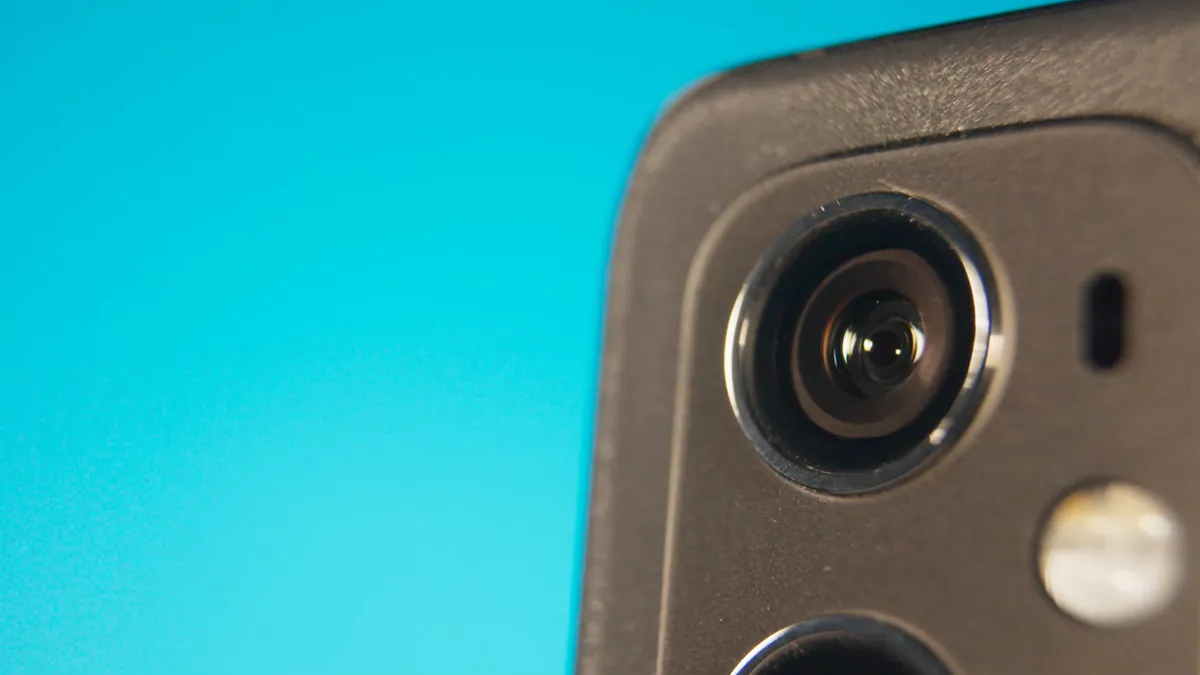
As for all the other modes, I honestly didn’t have time to test anything except slow motion. Which works relatively well, especially in sunlight, but still doesn’t go beyond the level of a toy.
Conclusions on Vivo X70 Pro Plus cameras
Vivo’s flagship is the first smartphone whose cameras I can truly call exciting. Since Huawei P30 Pro, I haven’t used anything more interesting and deep in terms of both hardware and software features.

Yes, there is something to change in the cameras, and some places are just out of the blue. But such places are negligible compared to my previous favorites. So yes, the cameras in Vivo X70 Pro Plus are really that good.
Video about Vivo X70 Pro Plus camera
You can see the smartphone in dynamics here:

Читайте також:
- Samsung Galaxy S22 Ultra review: the best Android smartphone?
- Xiaomi 12T Pro smartphone review: Clark Kent or Superman?








